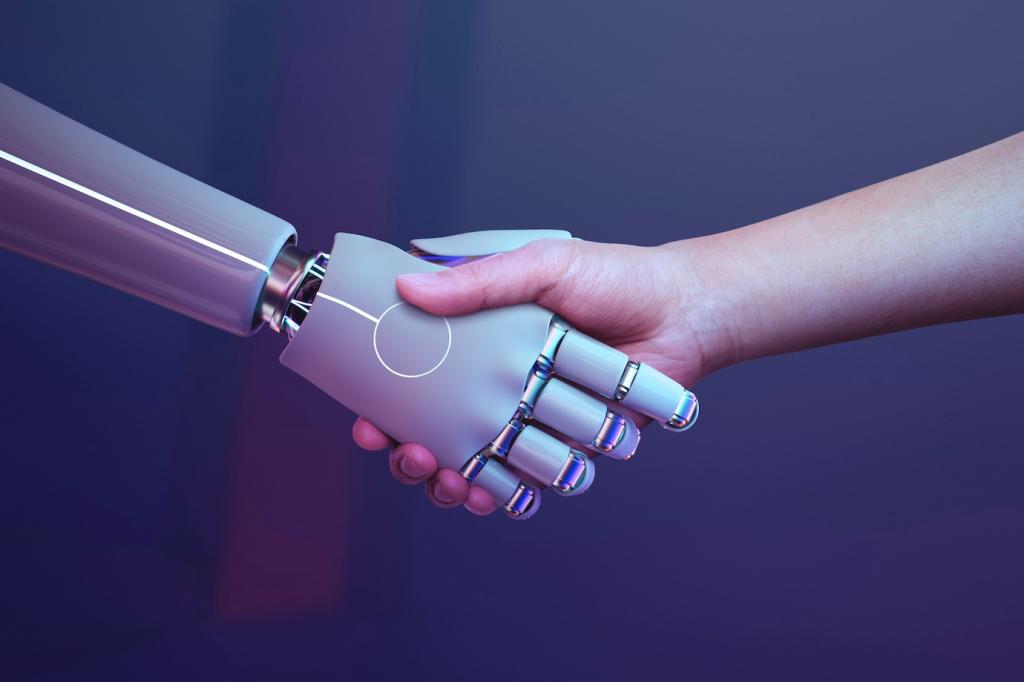This website uses cookies so that we can provide you with the best user experience possible. Cookie information is stored in your browser and performs functions such as recognising you when you return to our website and helping our team to understand which sections of the website you find most interesting and useful.

Voice-Controlled Home Automation: What's Next in 2024
Voice-controlled home automation has transformed our living spaces, making it possible to interact with everyday devices using only spoken commands. As we enter 2024, the innovations in this field are more promising than ever, integrating advances in artificial intelligence, connectivity, and personalization. Now, our homes are becoming not just smart, but intuitive, predictive, and truly responsive to our lifestyles. This page delves into the exciting developments shaping voice-controlled home automation this year, exploring enhanced voice AI, expanded ecosystem compatibility, privacy considerations, and dynamic user experiences. Whether you’re a tech enthusiast, homeowner, or industry watcher, discover what’s next for this transformative technology.
Intelligent Voice Assistants Get Smarter
Contextual Awareness and Personalization
Conversational Depth and Multistep Understanding
Multilingual and Multicultural Communication
Expanding the Home Automation Ecosystem
Interoperability Standards and Unified Platforms


Integration with Appliances and Services
Privacy, Security, and Trust in Voice Automation
Advanced Voice Recognition Security


